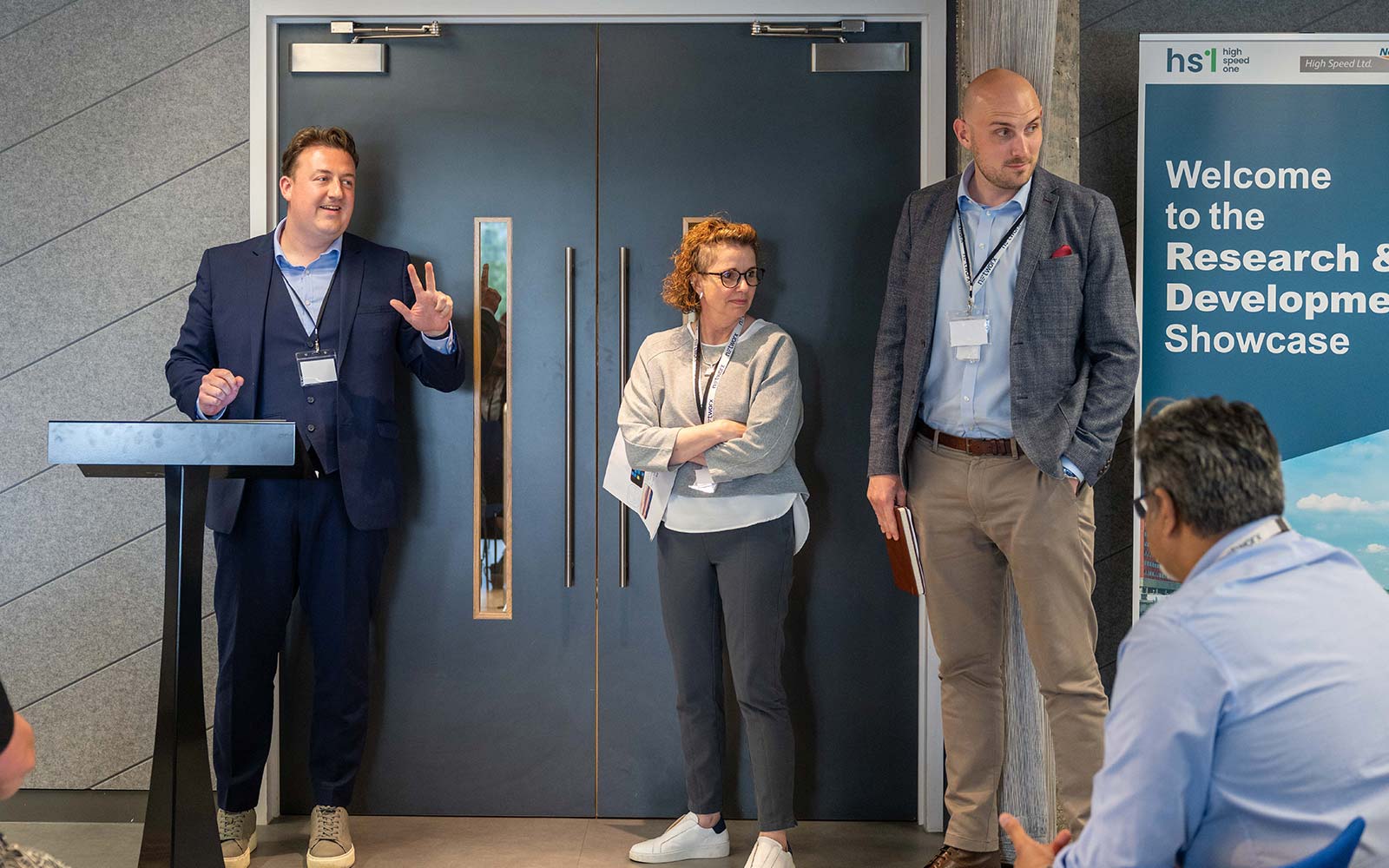From SAF to electric aircraft — the role of model-based AI in planning for the aviation future
This article was originally posted on AviationPros.
The world’s first transatlantic flight using 100% sustainable aviation fuel (SAF) has taken place just a year ahead of when short-haul electric aircraft passenger flights have been predicted to launch.
These potentially major technological breakthroughs should be good news for the environment. In the near term, SAF and eventually electrification of aircraft will massively reduce fossil fuel consumption and lower maintenance costs.
Maintenance, repair and overhaul (MRO) operations around the world are highly adept at helping airline operators to keep passengers flying in safety. They have hard-won specialist skills and expertise in maintaining jet engines, gained over many decades. In the next few years, these established operations are going to have to adapt to some radical changes.
Electrification of the aviation industry is not going to happen overnight, but it will be a game changer. Every MRO business will have to re-plan its operation from tooling to inventory and from maintenance policies to a complete re-skilling of the workforce. What makes it even more challenging is the transition period. It is too early to determine when new MRO operations need to be up and running and servicing electrical power plants, or for how long we will see hybrid facilities capable of handling legacy and new power plants. Inevitably, the transition will take time. Regardless of how this is done and over how long, the eventual transformation of MRO in the aviation sector will be undoubtedly disruptive and expensive.
The challenges and uncertainties raised by these strategic developments are a perfect application of predictive digital twin technology, utilising model-based AI to forecast, plan, and optimise new MRO operations while they are still on the drawing board.
Understanding future electric aircraft MRO with a digital twin
It is now possible to create a digital twin of a green field MRO operation using model-based AI, where intelligent software agents represent all the elements of an aviation operation — assets, processes, and people — in a safe ‘sandbox’. Combined with simulation software technology, the model is dynamic and capable of playing out different versions of the future. The agents behave as autonomous actors working to the rules and objectives that reflect the real world working of the operation.
By implementing a digital twin of their entire enterprise, a management team can develop their strategic plans quickly and explore ‘what-if’ scenarios covering a wide range of assumptions. This can include understanding future customer demand and the impact on MRO capacity, staffing levels, skills, inventory, and costs. The whole future proposition can be optimised digitally in advance of the real deal.
A digital twin of the current and planned operation will help to resolve the tricky problem of timing investments and the transition to the new world — balancing the assumptions about the changing demand for traditional fuels and maintenance services and the uptake of the new technology.
Different approaches to prediction, in particular the choice between data-driven AI and model-based AI, have their pros and cons but the latter has clear strengths in supporting the transition to electric aircraft.
For a start, there are no large-scale data sources on electric fleets to analyse yet. Moreover, for justifying expensive strategic decisions, the digital twin must be transparent and explainable, not a black box, and this is enabled by a model-based approach. Model-based AI provides a digital lever to augment the analysis and decision making of a management team. The behavior of the software agents in a digital twin simulation should be driven by parameterised profiles that a business user can edit easily and change the direction of the simulation.
For example, future dating when new MRO capacity becomes available, or varying entry-into-service dates for new types of aircraft propulsion — and of course, a significantly different approach to maintenance and engineering with a newly skilled workforce.
Understanding and explaining how all these different factors interact is essential to get investor and executive buy-in to the brave new world of electric aviation MRO. Support for investment on this scale must be safe and trusted. The key to winning this trust is going way beyond two-dimensional spreadsheet analysis and harnessing digitally-enabled AI technology — illuminating different versions of the future in virtual worlds of the aviation business.



